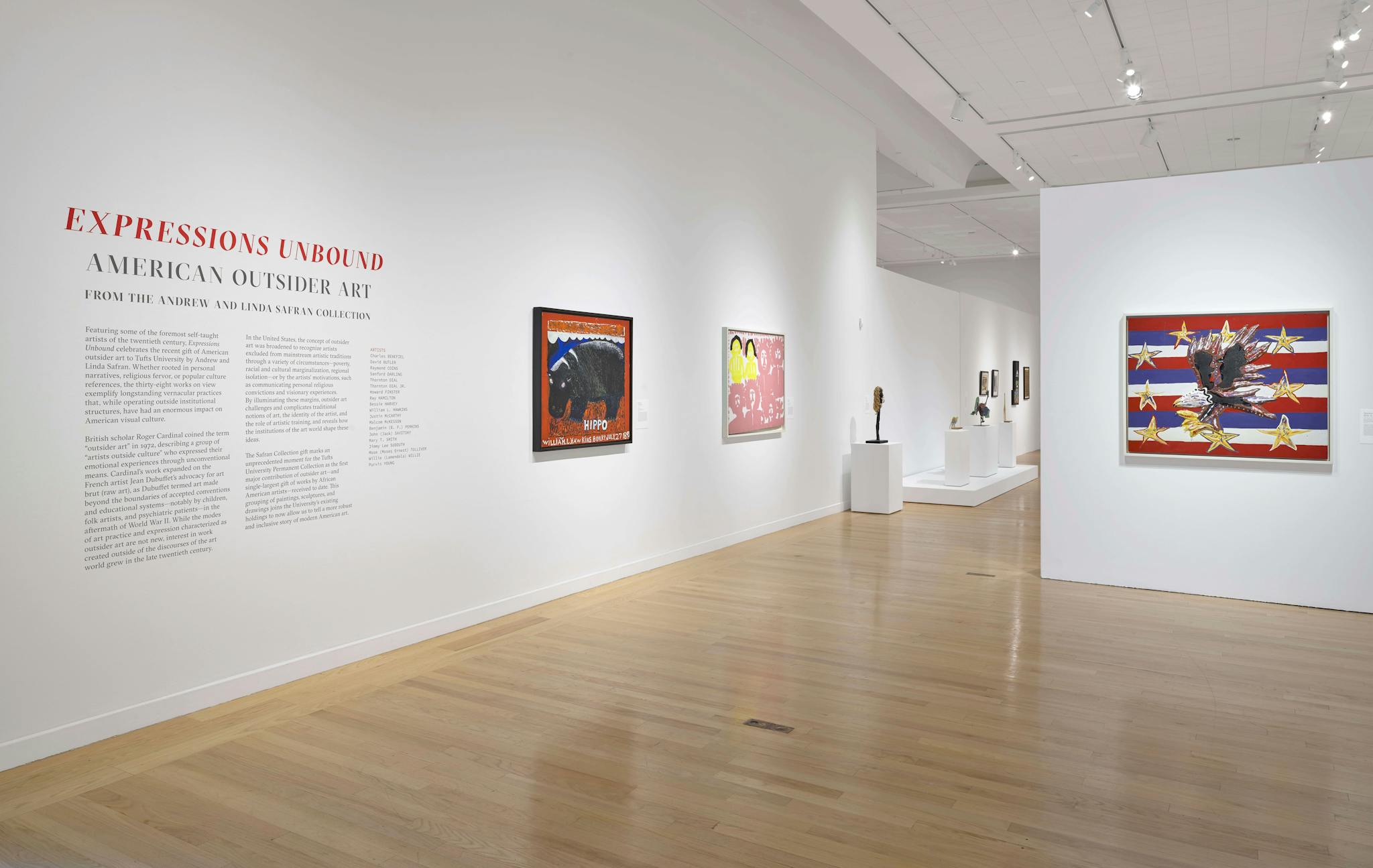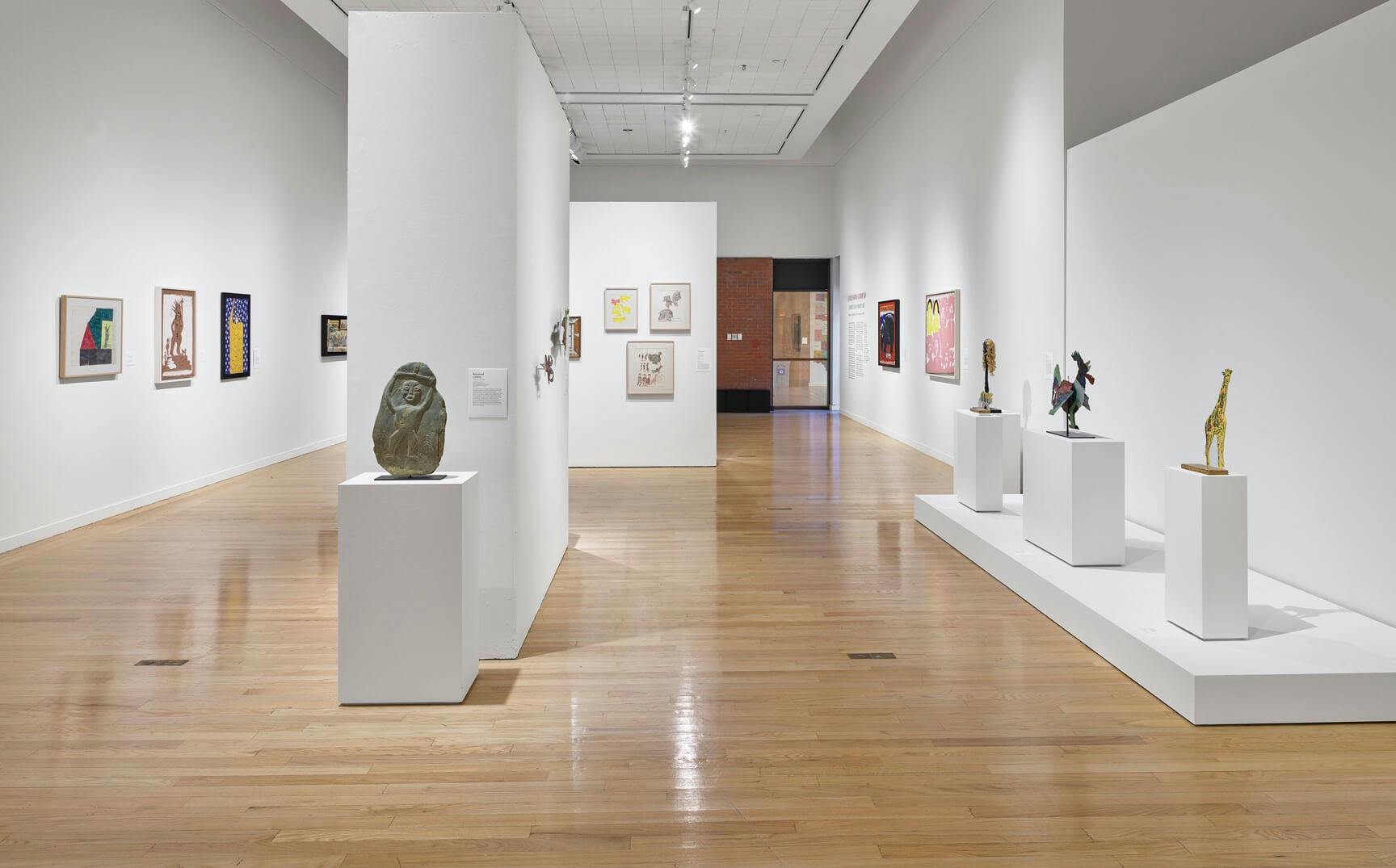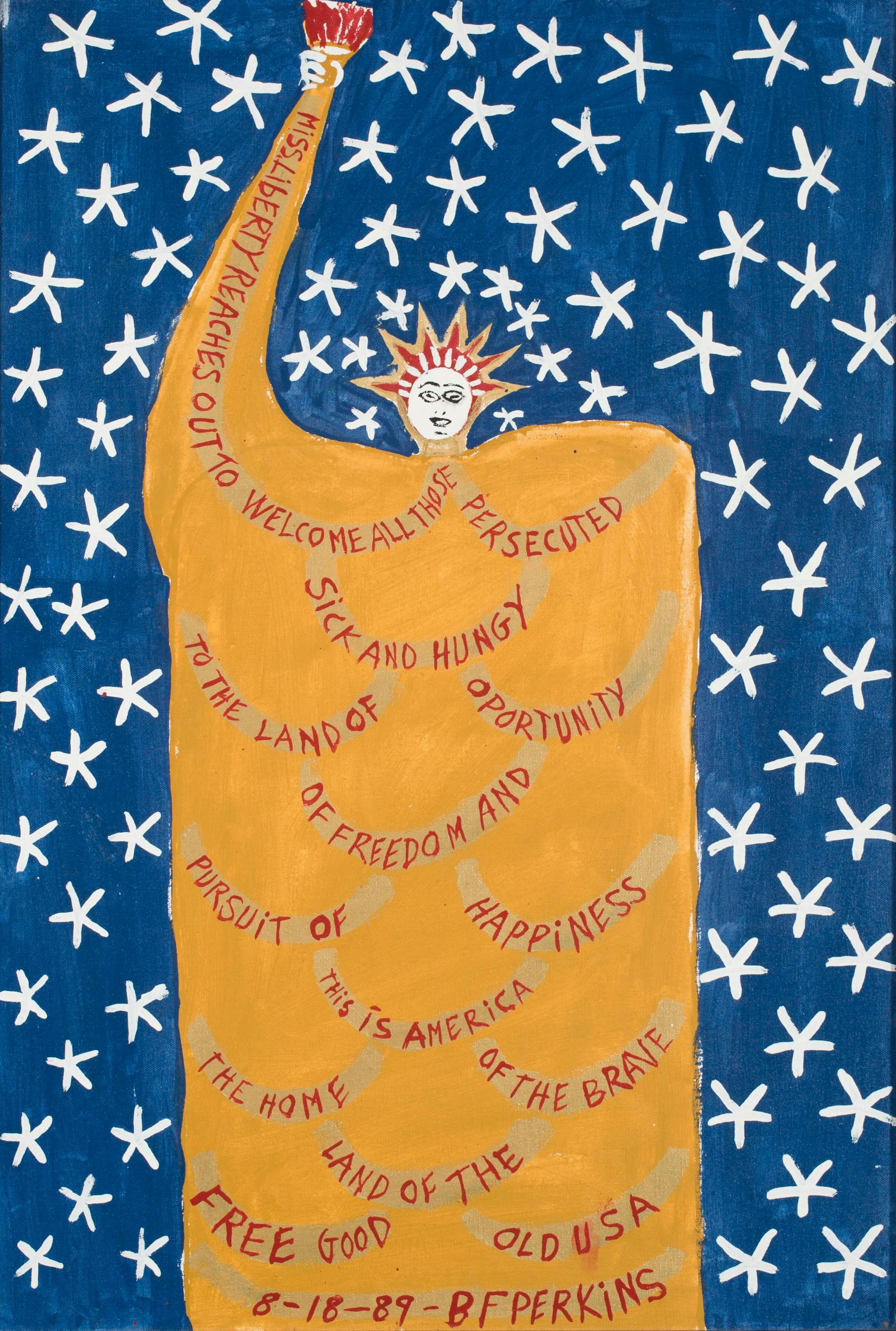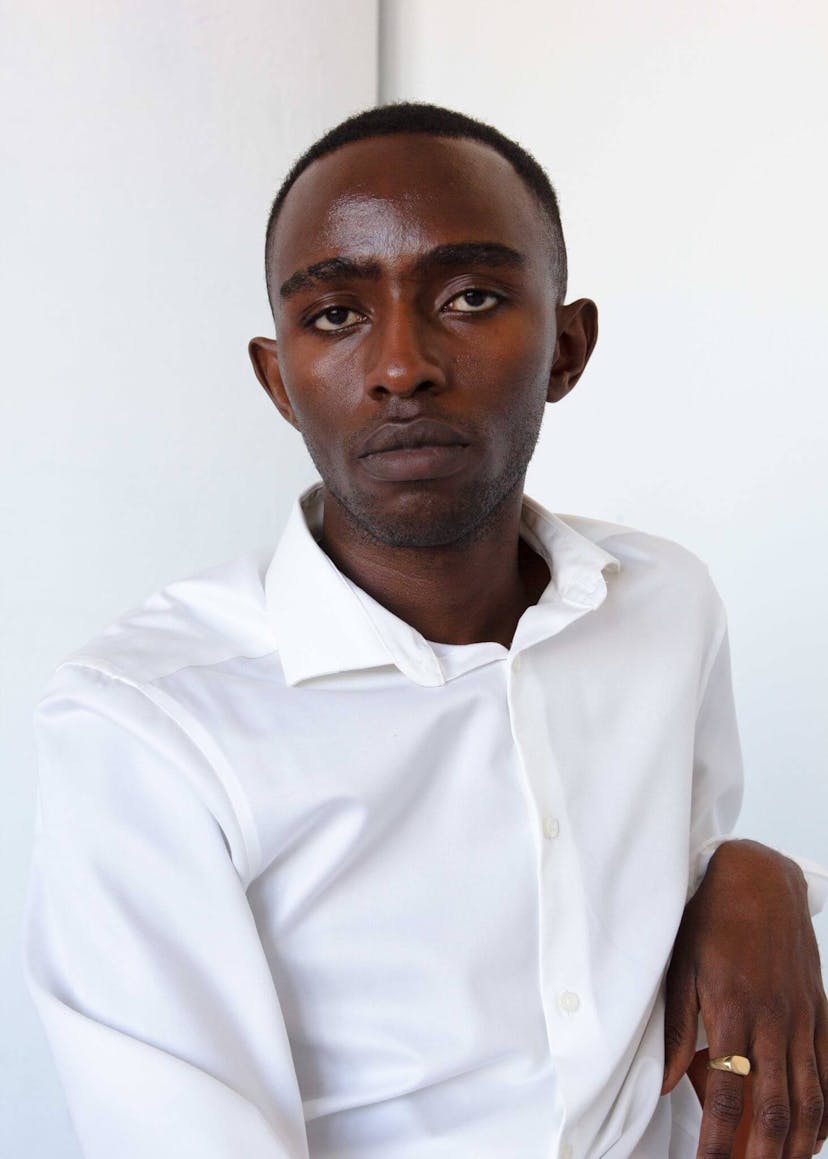“Whatever it may have been in the past, the idea of content is today mainly a hindrance, a nuisance, a subtle or not subtle phillintism, Though the actual development in many arts may seem to be leading us away from the idea that a work of art is primarily its content, the idea still exerts an extraordinary hegemony.” – Susan Sontag, Against Interpretation
In 1966, Susan Sontag published her essay “Against Interpretation,” in which she argues for an evaluation of the oversaturation of criticism, and its causations to the interpretation of art. She contends that modern interpretations of art have been stripped and diluted of their sensuous abilities, thus becoming the “revenge of the intellect upon art.”1 In doing so, content becomes a primary focus of art, which then becomes fraught with afflictions that tame the sensual abilities of form. Sontag’s reflections on content and form still resonate in contemporary art; the compartmentalization of artists identity/ies presupposes forms – properties present in the artwork, and in return, the existence of their works become fixed to dominant ideologies of the mainstream. Examples of this relationship is with “outsider art,” has found entry into institutional settings with exhibitions such as “Outliers and American Vanguard Art” at the National Gallery of Art and most recently, Between Worlds: The Art of Bill Traylor at the Smithsonian American Art Museum.
At Tufts University, the Aidekman Art Center presents “Expressions Unbound: American Outsider Art,” an exhibition featuring nineteen American artists spanning over the last 60 years curated from the Andrew and Linda Safran Collection. The show sets out to examine the contributions of outsider artists who are marked as artists lacking an academic training in the fine arts. The curatorial objectives of the exhibition assess the aesthetic interventions of these artists in relation to post-war American art. However, the term “outsider art” perpetuates similar stereotypes found in the art world of defining and segregating self-taught artist outside the canon of modern and contemporary art on the grounds of lacking a formal art background; their race, socio-economic background, and disabilities. Sculpture and paintings made of mud, paint, stone, glitter, and wood consider the formal elements these artists have conjured to refute exclusionary assumptions about their backgrounds in relation to their abilities to create artworks.
The lived experiences of poverty, labor, and religion are noted in the works of African-American artists hailing from the South. Utilizing found and natural materials, artists such as David Butler, Jimmy Lee Sudduth, Thornton Dial, and Bessie Smith have conveyed spiritual experiences in regard to the mystical powers of nature and God. Representations of spirits are brought to life in the work of Bessie Harvey. Born in 1929 Dallas, Georgia, Bessie Harvey lived a strenuous life. Married at the age of fourteen, she bore eleven children and endured the hardships of living with an abusive, alcoholic husband. Harvey turned to art to communicate with God and testify to his admiration, as expressed in the “Spirit of Love.” Personified as a woman, the spirit’s neck is approximately 24 inches in height and attached to a rectangular wooden base. Her face is bluntly sculpted with red glass in her eyes, and her mouth slightly agape showing her jagged white teeth. Her hair is long, made of twine, and gracefully falls on the sides of her darkened face, which is painted with black polychrome paint. As I examined the sculpture, one feels the presence of an ephemeral spirit, as her essence possesses the soul, reminding you of the embraces that surround you. I found myself reminiscing moments of affection and passions I have experienced and shared friends, family, and lovers.
Therapeutic sensibilities of art production are noted in the works of Mose (Moses Ernest) Tolliver and Charles Benefiel. Take Tolliver’s undated painting on a square board, “Variety Fruit of Paradise.” An orange, papaya, a bunch of grapes a sliced piece of watermelon, and are flatly painted against a lightly hued background. From a distance, the composition resembles a smiling face made of fruits framed by a border of sap green paint. A father to eleven children, Tolliver worked for the McLendon Furniture Company, and in the 1960’s he was left incapacitated after a work accident that crushed his left ankle and leg. During a period of alcoholism and depression, Tolliver was encouraged by his former employer, Raymond McLendon to take oil painting lessons. Out of poverty and necessity, Tolliver began to explore the wonders of painting and from there one, he painted on any surface that was available to him.
Consider “Untitled” by Charles Benefiel, which he expresses the powers of art to mediate the traumas he suffered as a child. At the age of seven, Benefiel fell into a three-day comatose related to a bicycle accident and he would wake up as a different person2. Benefiel explains this transformation as; “From that point forward, I think there was a very strong chemical change that took over in my brain…I just developed all these very strange rituals in order to avoid future trouble. It led to me becoming an absolute loner.”Benefiel has developed a complex numeric language through compulsive repetition of numbers; they appear mystical in their non-sensical and aged presence. Benefiel’s visual form serves as a mediation of the traumas that followed him from his childhood to adulthood.
The terminology used to define the works of self-taught artists has changed over time from naive, primitive, and now outsider art. Rather than confine their formal “otherness”, the urgency of redefining outsider art to visionary art is potent. The American Visionary Art Museum in Baltimore, Maryland defines visionary art as “art produced by self-taught individuals, usually without formal training, whose works arise from an innate personal vision that revels for more in the creative act itself.” The artists in this show visualized their worlds to expose the imperative natures of creating impactful works that draw attention to the functionalities of found objects and their aesthetic concerns. All together they have succeeded in broadening our sensuous experiences with modern and contemporary art.
1. Sontag, S. (2009). Against Interpretation and other essays. London: Penguin.
2. Stern, J. (2015, March 09). Accidental Magic. Retrieved November 4, 2018, from http://brutforce.com/accidental-magic/
“Expressions Unbound: American Outsider Art from the Andrew and Linda Safran Collection,” is on view from August 29 through December 16, 2018 in the Tisch Family Gallery, Aidekman Arts Center at Tufts University Art Galleries, 40 Talbot Ave, Medford, MA.
A panel discussion “Does Education Make an Artist?”, will be held on Thursday, November 8, at 4:30 p.m. in the galleries. Panelists include Panelists include: Jamie Franklin, curator, Bennington Museum; Susan Jahoda, core member, BFAMFAPHD; Chiara Pidatella, research curator, Tufts University Art Galleries; Jacob Stewart-Halevy, assistant professor of art history, Tufts University.



